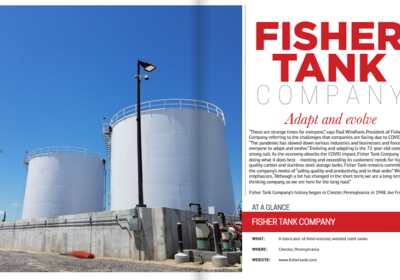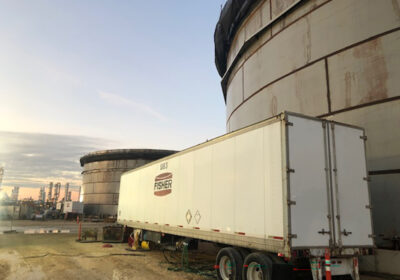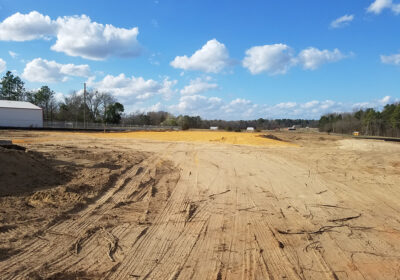COLIFORM BACTERIA IN WATER STORAGE TANKS – ASSESS & CORRECT

If potable water storage tanks matter to you, take note: there’s a new rule in town. The Revised Total Coliform Rule (RTCR) is now in place, and it will affect water storage tanks and water systems all over the country. Ron Perrin, of Ron Perrin Water Technologies, joins us today to talk about the RTCR, and some guidelines for assessment and corrective action.
The newly implemented Revised Total Coliform Rule (RTCR) requires assessment and corrective action when there are indications of coliform contamination in water supply.
Under the RTCR, there is no longer a monthly maximum contaminant level (MCL) violation for multiple total coliform detections. New revisions require systems that have indicators of coliform contamination in the distribution system to assess the problem and take corrective action.
Appropriate corrective action(s) may reduce cases of illnesses and deaths due to potential fecal contamination and waterborne pathogen exposure. The rule refers to “The Distribution System” as the responsible party for assessment and correction action. Of course, that means the Water Utility Manager or the System Operator is now required to conduct effective assessments of the water supply, and to take appropriate corrective action when there are indications of coliform contamination.
How Do I Assess My Water Tank?
There are at least 12 steps to a complete water tank inspection, but a quick visual inspection may be the best place to start with the assessment:
- Is the vent screen in place?
- Are there birds or insects in the tank?
- Is there any sediment build up inside the tank?
If you can answer yes to either of these initial questions, chances are your tank is at risk for some level of coliform contamination. Open or damaged vent screens, birds and insects inside the tank, and/or the presence of sediment should serve as warning signs of potential contamination.
What Is The Danger?
Over time, sediment will build up on the floor area of almost all water storage tanks and towers. Here in Texas, it’s common to see tanks with one to three inches of sediment in the bottom. When animal matter gets into the tank, sediment provides a great habitat for bacteria, protozoa and viruses.
How Much Sediment Is In My Tank?
Inspection contractors can offer great documentation of the interior condition of water storage tanks with no disruption in water utility service. Using remotely operated cameras, inspection robots, or even potable water divers, high tech contractors can deliver great information about the water storage tank or tower.
I See Sediment – Now What?
In many cases, the most important and most effective corrective action a Water Utility Manager or Water System Operator can take is as simple as basic housekeeping. If you see extensive sediment, or you know the facility has never been cleaned, it’s likely that the sediment inside the structure needs to be removed. Again, a qualified diving contractor can save time, water and money by removing all loose sediment with minimal water loss or disruption in service.
For tips on doing your own potable water tank or tower inspection, visit watertankinspection.co. For more info, contact Ron Perrin Water Technologies.
If your water tank inspection uncovers problems beyond damaged vent screens or excess sediment and you need tank maintenance or repair services, we can help! Contact us at FisherTank.com.
Click here to read more of our blogs





